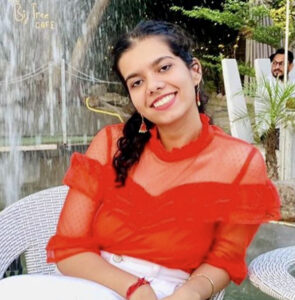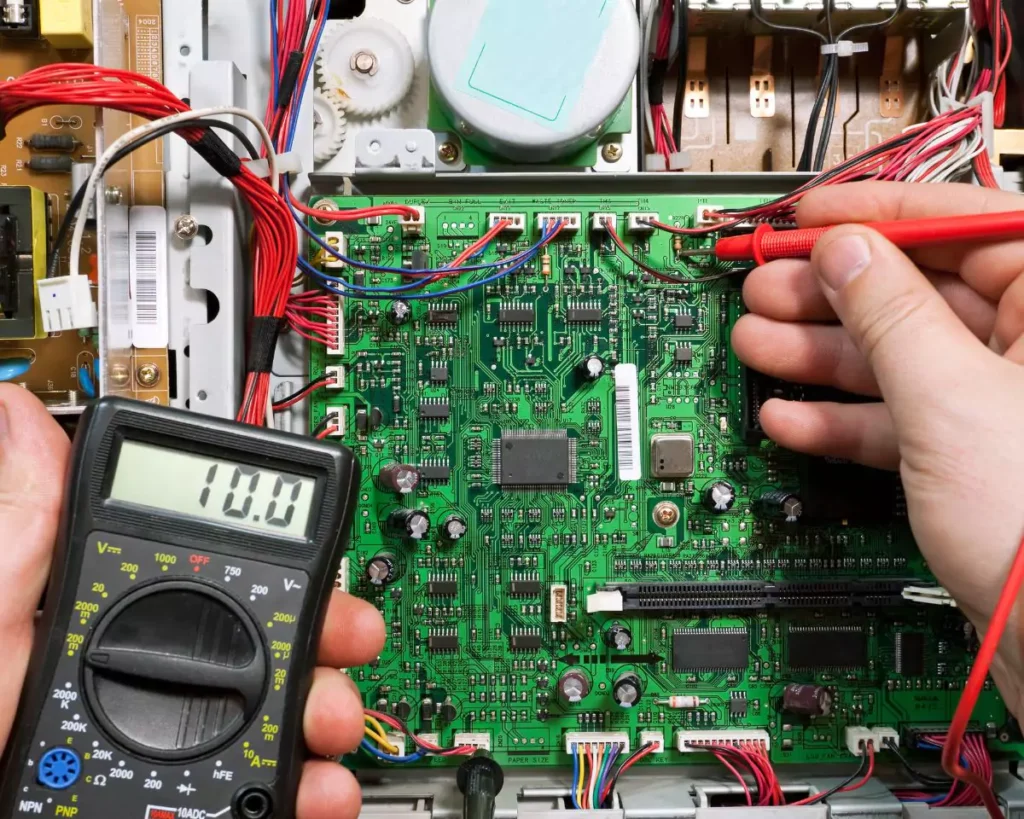
IES syllabus for ECE

Kritika Yadav

IES syllabus for ECE: The Electronics and Telecommunication Engineering (ECE) syllabus covers material from Papers I and II. Every aspiring candidate has to prepare General Studies and Engineering Aptitude topics for paper-I and ECE topics for paper-II.
It is mandatory for you to qualify for the prelims exams to become eligible for the main exams. Candidates need to score the minimum cut off marks out of 500, which will be declared by the UPSC. Furthermore, you will get the syllabus for both paper-I and paper-II of UPSC IES ECE in this article.
Syllabus of Electronics and Telecommunication Engineering for IES exam is given below:
IES syllabus for ECE- paper 1
(For both objective and conventional type papers)
1. Materials and Components :
Structure and properties of Electrical Engineering materials; Conductors, Semiconductors and Insulators, magnetic, Ferroelectric, Piezoelectric, Ceramic, Optical and Super-conducting materials. Passive components and characteristics Resistors, Capacitors and Inductors; Ferrites, Quartz crystal Ceramic resonators, Electromagnetic and Electromechanical components.
2. Physical Electronics, Electron Devices and ICs:
Electrons and holes in semiconductors, Carrier Statistics, Mechanism of current flow in a semiconductor, Hall effect; Junction theory; Different types of diodes and their characteristics; Bipolar Junction transistor; Field effect transistors; Power switching devices like SCRs, GTOs, power MOSFETS; Basics of ICs – bipolar, MOS and CMOS types; basic of Opto Electronics.
3. Signals and Systems:
Classification of signals and systems: System modelling in terms of differential and difference equations; State variable representation; Fourier series; Fourier transforms and their application to system analysis; Laplace transforms and their application to system analysis; Convolution and superposition integrals and their applications; Z-transforms and their applications to the analysis and characterisation of discrete time systems; Random signals and probability, Correlation functions; Spectral density; Response of linear system to random inputs.
4. Network theory
Network analysis techniques; Network theorems, transient response, steady state sinusoidal response; Network graphs and their applications in network analysis; Tellegen’s theorem. Two port networks; Z, Y, h and transmission parameters. Combination of two ports, analysis of common two ports. Network functions : parts of network functions, obtaining a network function from a given part. Transmission criteria : delay and rise time, Elmore’s and other definitions effect of cascading. Elements of network synthesis.
5. Electromagnetic Theory
Analysis of electrostatic and magnetostatic fields; Laplace’s and Poisson’s equations; Boundary value problems and their solutions; Maxwell’s equations; application to wave propagation in bounded and unbounded media; Transmission lines : basic theory, standing waves, matching applications, microstrip lines; Basics of wave guides and resonators; Elements of antenna theory.
6. Electronic Measurements and instrumentation
Basic concepts, standards and error analysis; Measurements of basic electrical quantities and parameters; Electronic measuring instruments and their principles of working : analog and digital, comparison, characteristics, application. Transducers; Electronic measurements of non electrical quantities like temperature, pressure, humidity etc; basics of telemetry for industrial use.
IES syllabus for ECE- paper 2
(For both objective and conventional type papers)
1. Analog Electronic Circuits:
Transistor biasing and stabilization. Small signal analysis. Power amplifiers. Frequency response. Wide banding techniques. Feedback amplifiers. Tuned amplifiers. Oscillators. Rectifiers and power supplies. Op Amp, PLL, other linear integrated circuits and applications. Pulse shaping circuits and waveform generators.
2. Digital Electronic Circuits:
Transistor as a switching element; Boolean algebra, simplification of Boolean functions, Karnaguh map and applications; IC Logic gates and their characteristics; IC logic families : DTL, TTL, ECL, NMOS, PMOS and CMOS gates and their comparison; Combinational logic Circuits; Half adder, Full adder; Digital comparator; Multiplexer Demulti-plexer; ROM an their applications. Flip flops. R-S, J-K, D and T flip-flops; Different types of counters and registers Waveform generators. A/D and D/A converters. Semiconductor memories.
3. Control Systems:
Transient and steady state response of control systems; Effect of feedback on stability and sensitivity; Root locus techniques; Frequency
response analysis. Concepts of gain and phase margins: Constant-M and Constant-N Nichol’s Chart; Approximation of transient response from Constant-N Nichol’s Chart; Approximation of transient response from closed loop frequency response; Design of Control Systems, Compensators; Industrial controllers.
4. Communication Systems:
Basic information theory; Modulation and detection in analogue and digital systems; Sampling and data reconstructions; Quantization & coding; Time division and frequency division multiplexing; Equalization; Optical Communication : in free space & fiber optic; Propagation of signals at HF, VHF, UHF and microwave frequency; Satellite Communication.
5. Microwave Engineering:
Microwave Tubes and solid state devices, Microwave generation and amplifiers, Waveguides and other Microwave Components and Circuits, Microstrip circuits, Microwave Antennas, Microwave Measurements, Masers, lasers; Microwave propagation.
Microwave Communication Systems terrestrial and Satellite based.
6. Computer Engineering:
Number Systems. Data representation; Programming; Elements of a high level programming language PASCAL/C; Use of basic data structures; Fundamentals of computer architecture; Processor design; Control unit design; Memory organisation, I/o System Organisation. Microprocessors : Architecture and instruction set of Microprocessors 8085 and 8086, Assembly language Programming. Microprocessor Based system design : typical examples. Personal computers and their typical uses
Nationality:
A candidate must be either:
(a) a citizen of India, or
(b) a subject of Nepal, or
(c) a subject of Bhutan, or
(d) a Tibetan refugee who came over to India before the 1st January, 1962 with the intention of permanently settling in India, or
(e) a person of Indian origin who has migrated from Pakistan, Burma, Sri Lanka or East African countries of Kenya, Uganda, the United Republic of Tanzania, Zambia, Malawi, Zaire and Ethiopia or from Vietnam with the intention of permanently settling in India.
Provided that a candidate belonging to categories (b), (c), (d) and (e) above shall be a person in whose favour a certificate of eligibility has been issued by the Government of India.
A candidate in whose case a certificate of eligibility is necessary, may be admitted to the examination but the offer of appointment may be given only after the necessary eligibility certificate has been issued by the Government of India.
UPSC IES ECE Prelims Exam Pattern
| Sections | Marks | Duration |
| Paper-I: General Studies and Engineering Aptitude | 200 | 2 hours. |
| Paper-II: Electronics and Telecommunication Engineering | 300 | 3 hours |
UPSC IES ECE Mains Exam Pattern
| Sections | Questions | Marks | Duration |
| Paper-I: Electronics & Telecommunication Engg. | Solve 5 out of 8 available questions | 300 | 3 hours. |
| Paper-II: Electronics and Telecommunication Engg. | Solve 5 out of 8 available questions | 300 | 3 hours |
Related Links
Latest News
People Reading Now

CBSE Compartment Result 2023 OUT: Click For Direct Link



CSAB 2023: Special Round Registration Begins Today

